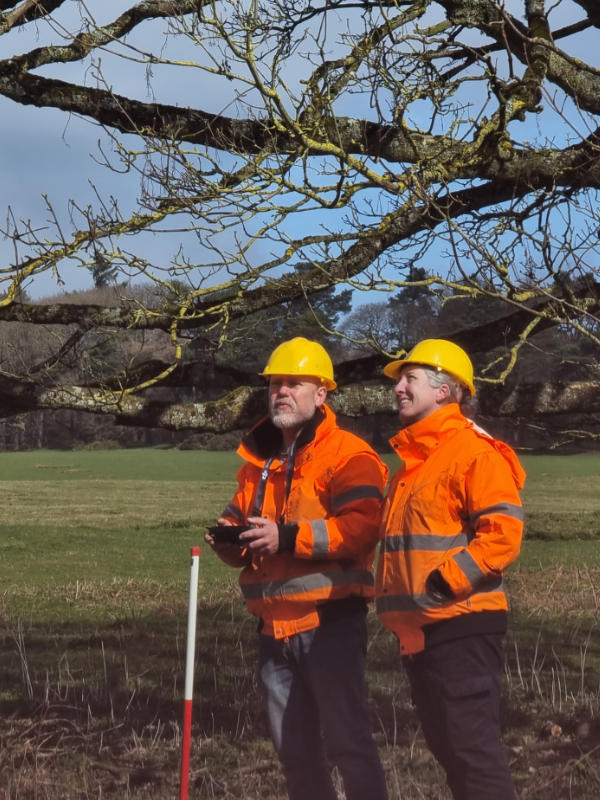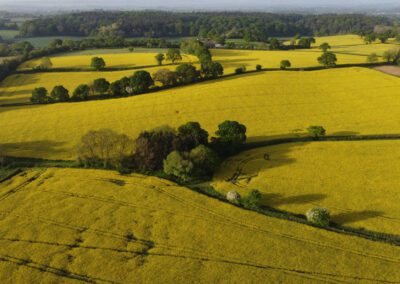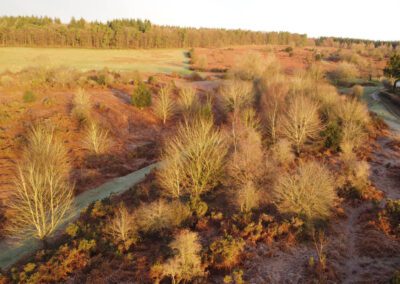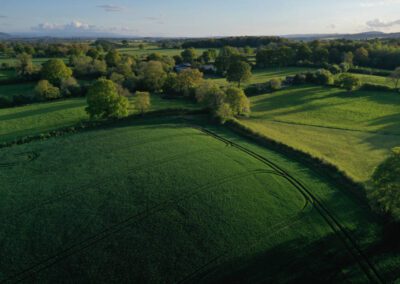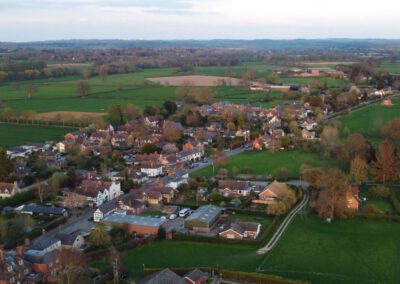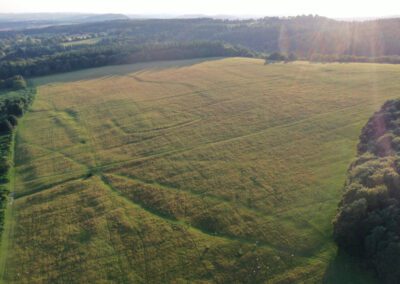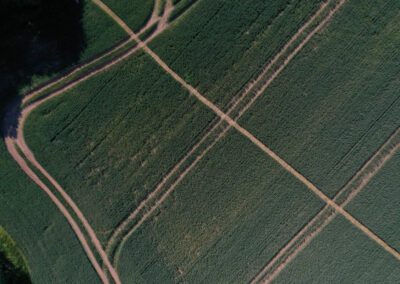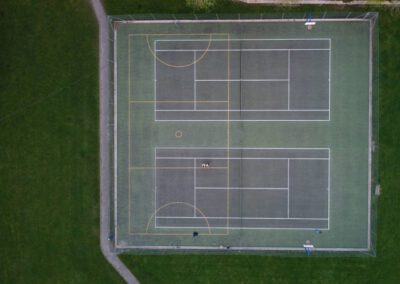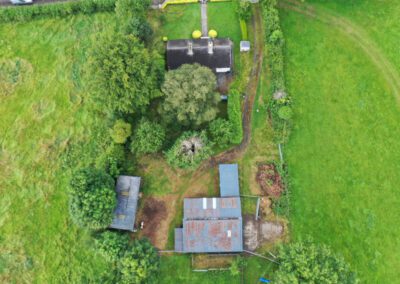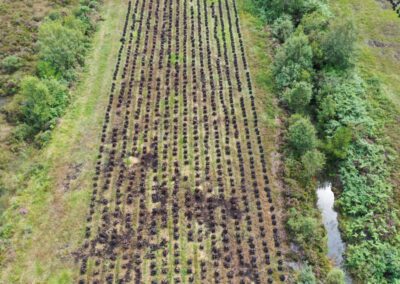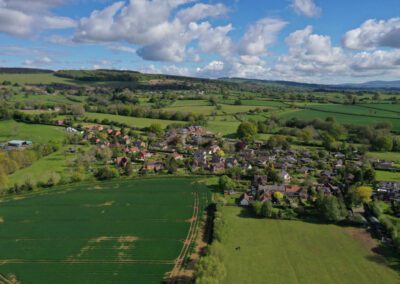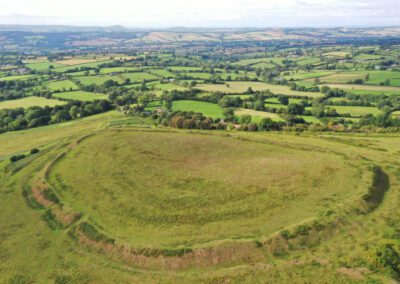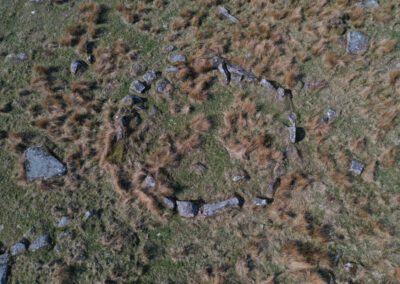Archaeological Drone Surveys
Using drone surveys for archaeology
From the early 20th Century aerial photography has been an enormous benefit to the world of heritage, through the discovery of new sites and the ability to photograph buildings and monuments from a new perspective.
Over the last 20 years the availability of drones or UAVs (Unmanned Aerial Vehicles) has meant that you don’t have to have access to a plane to get good quality low level images and film.
Drones now have all sorts of uses in heritage, not only for providing good quality images but also in producing 3D models, orthomosaics, accurate planning and condition surveys. Ambrey Archaeology fly both a Mavic 2 Pro and Mavic Mini 2.
Of course, drones come with their issues and reckless use has hit the headlines more than once in the last few years. They must be flown in a way that cannot cause harm to the public, other aerial vehicles or infrastructure such as power lines.
Both Elizabeth and Tom have obtained the correct licences from the Civil Aviation Authority and Elizabeth has passed the A2 Certificate of Competency course for responsible operation of drones of more than 250g to ensure safe operation at all times.
Through the use of drones and Agisoft software, Ambrey can produce a range of products to enhance archaeological reports and building surveys and provide models and images to developers and house owners.
Drone Gallery
Click on an image below to enlarge and start the slide show
Talk to us about your project
Call Elizabeth or Tom on 01568 780 918 or send us a message via our contact form below. We look forward to talking with you.
Frequently Asked Questions
Why do I have to pay for archaeology and how much does it cost?
Archaeological works have been a part of planning law since 1990. The purpose of archaeological works is to ensure that these irreplaceable remains are not lost to development. Over the last 33 years, thousands of archaeological sites have been recorded ahead of...
What happens if you find human remains?
It is unusual to encounter unexpected human remains in the course of archaeological work, but if this happened best practice guidance would be followed. The remains would initially be left in situ, covered and protected and the local Coroner would have to be informed....
What happens if you find treasure?
It’s very rare to find artefacts of any monetary value on archaeological sites but in the event that any artefacts are encountered that would constitute ‘treasure’ (as defined by The Treasure Act, 1996) Ambrey Archaeology would be obliged to report the find to the...
What happens if you find a Roman villa?
Prior to carrying out archaeological evaluations and watching briefs, the likelihood of encountering a villa or something equivalent is considered, sometimes with the use of a desk based assessment or geophysical survey, with the purpose of avoiding this outcome....
